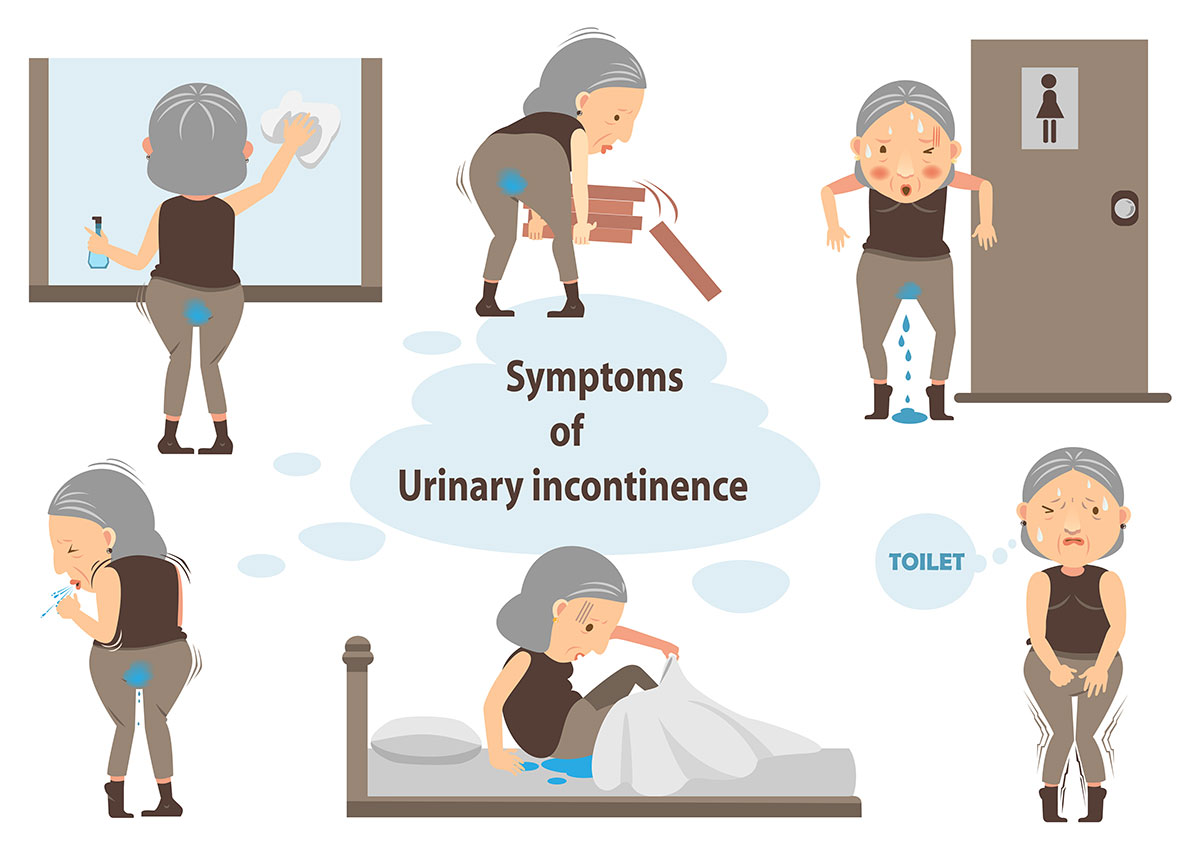Incontinence is when there is a leakage of urine while sneezing, laughing, coughing or doing exercises. Incontinence can also be occur when one cannot hold urine long enough to get to the bathroom and leakage occurs in the underwear. Incontinence is a fairly common occurrence in female population and in the senior citizens. Women are prone to incontinence after pregnancy and childbirth.
There are three types of incontinence
- Stress incontinence
- Urge incontinence
- Overactive bladder
Stress incontinence
Stress incontinence occurs when the pressure in the bladder (the cavity where urine collects) becomes greater than the pressure in the urethra (the tube through which the urine passes out). Normally, the muscles around the urethra should hold and constrict while there is increased intra-abdominal pressure during activities likes jumping, coughing, sneezing, lifting and laughing but in some cases, this does not happen and the urine leaks out.
Urge incontinence
Urge incontinence occurs when the urine leaks out before the person gets to sit comfortably on the toilet bowl. This means the person finds it difficult to control the urge to urinate.
Overactive bladder syndrome is when there is a frequency of urinary urgency usually accompanied by nocturia-frequent urination at night.
Symptoms of incontinence
- Leaking of urine
- Frequent use of the bathroom
- Need to urgently use the bathroom
- Urinating at night
- Sometimes, prolapse can also accompany incontinence
Treatment of incontinence is an individual specific regimen. Most commonly, focus is on retraining the muscles to contract (Kegel exercises) but there are instances when clients need to be taught how to relax the muscles too.
Behavioural training, diet modification and pelvic muscle training would also be explored as treatment options.

